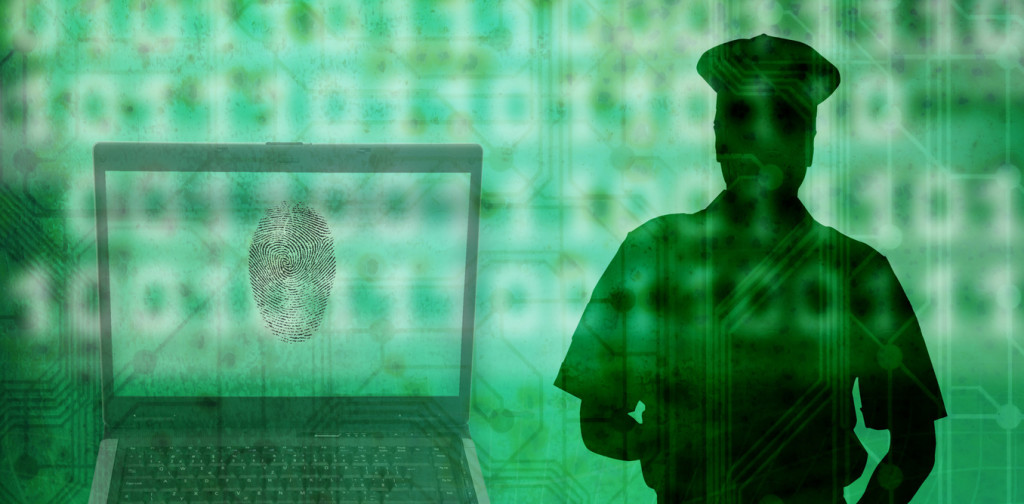How Big Data is Changing Law Enforcement

“Using the FBI numbers, the violent crime rate fell 48% between 1993 and 2016,” according to Pew Research. “Using the BJS data, the rate fell 74% during that span.”
These are huge drops for violent crime in America.
Reduced crime rates come from a variety of cultural changes that will cause the dropping crime rates to stagnate. Whether you want to believe in mass incarceration or believe that the availability of reproductive rights has caused this drop in crime rates, a dropping crime rate is not going to continue, as the model that the U.S. has relied on is not a sustainable one.
Fortunately, big data can help with crime prevention efforts. We can use big data to predict where crime is going to happen and remove some of the human bias from our policing and create better policies around that data.
Here are a few areas big data would help out in:
Big Data Reduces Racial Bias
America has a big issue with racism in its policing. Not only with actual laws, but with police officers as well. As members of the general public, police officers could reflect some of the racism that exists in our society. One way this manifests itself is in the way we police drug crimes. Whether that’s the laws like the ones regarding cocaine and crack or that, although black and white people use drugs at about the same rate, black people are four times more likely to be arrested for drug use and possession.
Tracking actual crime information is huge! It’ll allow police forces to effectively police. It’ll give law and policymakers the ability to create useful regulations based on facts with a little less bias.
White Collar Crime
White collar crime is changing and growing. Identity theft, hacking, and more are changing the face of white collar crime as it adjusts from a business man to a cyber criminal. This means that planning and catching criminals becomes increasingly important as they attack individual data that is held by companies or go “phishing” after an increasingly aging population.
Finding these crimes before they happen is also incredibly important, since something like fraud (which accounts for a 5 percent revenue loss for most organizations a year) is not reported on 40 percent of the time with fear of bad publicity being the #1 reason not to report. This means that finding white collar criminals would be a great use of big data that could track high chances of attack or evaluate systems at large. It’s important to use big data to anticipate data breaches before they happen, since its a crime that can sometimes not be found for months. If we find a high-potential area for cybercrime, we can lay traps for the would-be criminals and catch a crime that might have gone unreported.
Predictive Analytics: Pre-Cog Future?
Predictive analytics are the evolution of big data. It’s big data put to work for you, using complex algorithms to gather the information available and anticipate what may come in the future. It can allow crime predictions that may help staffing and placement of police officers. It’s never going to guess crime at 99 percent accuracy like the PreCogs from Tom Cruise’s hit movie Minority Report, but it can help us look for crime in the right places. And that has a big impact.

























